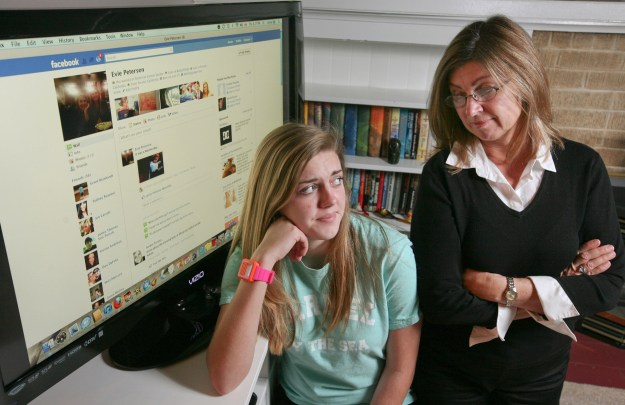
According to a study from the publisher of Parenting and Babytalk magazines The Parenting Group, nine out of ten moms are friends with their children on Facebook. After talking to over 1,100 mothers, the group discovered that nearly half of the respondents also adjust the security settings on their personal Facebook profiles to make sure the child can’t see inappropriate pictures or video as well as certain status updates. The study also found that a third of mothers with children up to the age of 12 allow the kids to setup an online profile on the social network. Facebook’s internal rules and the Children’s Online Privacy Protection Act both prohibit the creation of profiles for children under the age of 13, but it’s difficult to police this rule across 800 million profiles on the social network.

The study also dove into a few questions about smartphone usage. On average, mothers have downloaded about 11 apps for their smartphone, but four of the applications have been for the child to use. Forty percent of moms allow their children to play games on their smartphone each day and 35 percent allow their child to use the smartphone for at least an hour each day.
